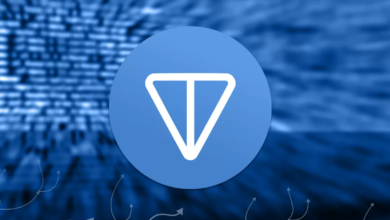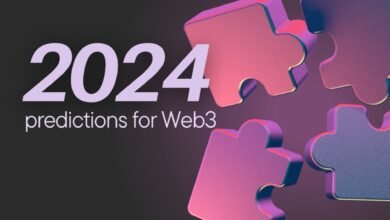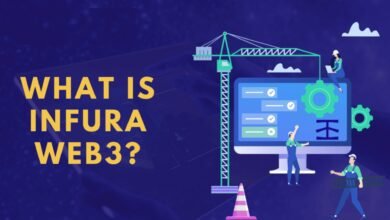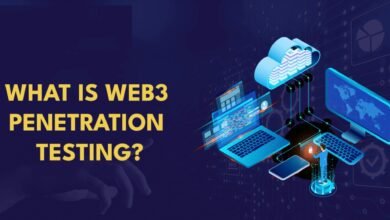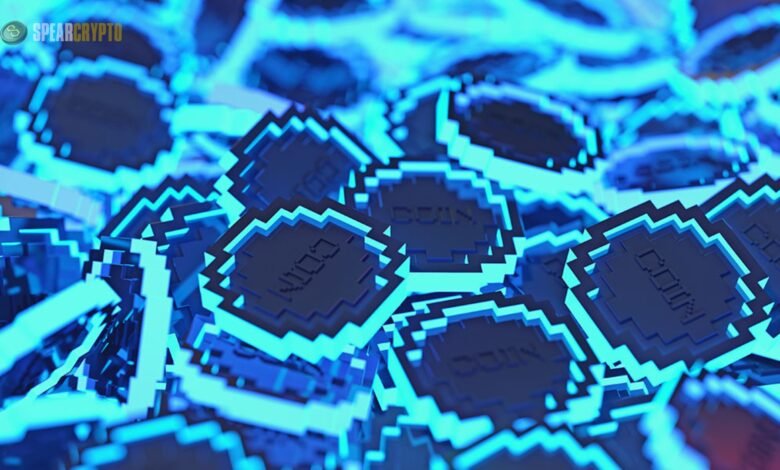
Web3 tokenization has changed the game for digital asset creation, ownership, and transfer in the last several years. Web3, often known as the decentralized web, is an initiative that uses blockchain technology to build an internet that is more accessible, open, and focused on users. The tokenization process involves turning ownership rights to an item into a digital token on a blockchain, is one of its most viable uses. In this article, web3 tokenization is defined, along with its advantages, potential applications, and present obstacles.
While tokenization is not novel, Web3 adds a fresh twist to it. Tokenization, in the context of traditional finance, is the practice of creating digital representations of physical assets like stocks, real estate, or commodities. Tokens representing digital and physical assets and new types of ownership and governance can be created with Web3 tokenization by utilizing decentralized networks, smart contracts, and blockchain’s inherent security.
Digital tokens representing ownership of a particular asset can be created, sold, and utilized in various decentralized applications (dApps) through Web3 tokenization. These tokens can represent various things, like a portion of a work of art, a piece of real estate, or even the power to vote in a DAO.
Types of Tokens in Web3
Web3 tokenization gives rise to various types of tokens, each serving a unique purpose:
- Fungible Tokens (FTs): These are tokens that are interchangeable and identical in value. Cryptocurrencies like Bitcoin (BTC) and Ethereum (ETH) are examples of fungible tokens. Each unit is indistinguishable from another, making them suitable for use as a medium of exchange or store of value.
- Non-Fungible Tokens (NFTs): NFTs are unique digital assets representing ownership of a specific digital or physical item. Unlike fungible tokens, NFTs cannot be exchanged one-to-one because each token holds a unique value. NFTs are widely used in digital art, gaming, and collectibles, but their potential applications extend far beyond these industries.
- Security Tokens (STOs): Security tokens represent ownership in a real-world asset, such as company equity or property share. These tokens are subject to regulatory oversight and often require compliance with securities laws. Security tokens provide a more efficient way to issue, transfer, and manage ownership of traditional financial assets.
- Utility Tokens: These tokens grant holders access to a product or service within a particular ecosystem. They are often used to power decentralized platforms and dApps, enabling users to participate in governance, pay for services, or gain special privileges.
Benefits of Web3 Tokenization
Web3 tokenization offers several advantages over traditional asset ownership and management systems. Here are some key benefits:
- Increased Liquidity: One of the most significant advantages of tokenization is that it enhances the liquidity of assets. Traditionally, real estate or fine art assets are illiquid and difficult to trade. Tokenizing these assets allows fractional ownership, enabling smaller investors to participate and creating a secondary market for trading these tokens.
- Fractional Ownership: Tokenization enables dividing assets into smaller, tradable units. This fractional ownership allows more people to invest in high-value assets, such as luxury properties or expensive artworks, without purchasing the entire asset. Fractionalization democratizes access to investments that were once reserved for the wealthy.
- Transparency and Security: Web3 tokenization leverages the blockchain’s immutable ledger, ensuring transaction transparency and security. Every tokenized asset is recorded on a decentralized ledger, providing a clear and tamper-proof record of ownership. This eliminates the need for intermediaries like banks or brokers, reducing costs and potential fraud.
- 24/7 Market Access: Unlike traditional markets that operate within set hours, tokenized assets on the blockchain can be traded 24/7, offering increased flexibility and access for global participants. This round-the-clock trading environment enables more efficient price discovery and improves market dynamics.
- Smart Contract Automation: Smart contracts, which are self-executing contracts with the terms of the agreement directly written into code, are a fundamental component of Web3 tokenization. These contracts automate payment distribution, asset transfers, and compliance with regulatory requirements. Automation reduces human error, increases efficiency, and speeds up transaction times.
- Global Access: By tokenizing assets on decentralized networks, investors worldwide can participate in previously inaccessible markets. This global access allows more capital to flow into asset markets, fostering innovation and growth.
Use Cases of Web3 Tokenization
The applications of Web3 tokenization are vast, spanning across various industries. Here are some of the most prominent use cases:
Real Estate
Real estate tokenization has gained significant traction in recent years. By tokenizing property, owners can sell fractional shares of a building or land, making real estate investment more accessible to a broader audience. Investors can buy, sell, and trade tokens representing real estate ownership on secondary markets, increasing liquidity in what is traditionally an illiquid asset class.
Art and Collectibles
The rise of NFTs has revolutionized the art world. Digital artists can create and sell their work as NFTs, ensuring provenance and ownership on the blockchain. Collectors can purchase, trade, and showcase digital art on platforms like OpenSea or Rarible. Tokenization also extends to physical art and collectibles, where ownership can be divided into shares and represented as tokens.
Gaming
Tokenization is reshaping the gaming industry by enabling players to own and trade in-game assets, such as characters, skins, and virtual real estate. These assets, represented as NFTs, can be traded or sold across different platforms, creating real-world value for virtual items. Play-to-earn (P2E) games, where players earn tokens that can be exchanged for cryptocurrency, directly result from this tokenization trend.
Finance
Decentralized finance (DeFi) is one of the most significant sectors that benefit from tokenization. Tokenized financial instruments, such as loans, bonds, and equity, are traded on decentralized exchanges (DEXs), providing more efficient and accessible financial services. Additionally, tokenization allows for the creation of synthetic assets that track the value of real-world assets, providing exposure to markets like stocks or commodities without requiring direct ownership.
Supply Chain Management
Tokenization can improve transparency and traceability in supply chains by assigning digital tokens to physical goods. These tokens can track the journey of a product from its origin to its final destination, ensuring authenticity and reducing the risk of fraud. Companies can also tokenize invoices, enabling faster payment processing and improving cash flow management.
Intellectual Property
Tokenization allows creators to tokenize intellectual property (IP), such as patents, trademarks, or copyrights, and sell or license fractional ownership. This opens up new revenue streams for IP holders while allowing investors to gain exposure to intangible assets that were previously difficult to monetize.
Governance
Decentralized autonomous organizations (DAOs) use governance tokens to allow members to participate in decision-making processes. Token holders can vote on proposals, allocate resources, and shape the organization’s future direction. This democratized approach to governance is a hallmark of the Web3 movement, empowering communities to take control of their digital ecosystems.
Challenges of Web3 Tokenization
Despite its potential, Web3 tokenization faces several challenges that must be addressed for widespread adoption.
Regulatory Uncertainty
The regulatory environment surrounding tokenization is still evolving. Different jurisdictions have different rules regarding the classification and treatment of digital assets, leading to uncertainty for token issuers and investors. For example, security tokens are subject to securities regulations, but there is ambiguity regarding how to classify certain tokens, especially those used in DeFi.
Legal and Compliance Issues
Tokenization often involves complex legal structures, especially when dealing with real-world assets. Ensuring compliance with existing laws, such as property rights, intellectual property, and anti-money laundering (AML) regulations, can be challenging in a decentralized ecosystem. Moreover, the lack of clear legal frameworks for smart contracts and DAOs raises questions about liability and enforcement.
Scalability
Blockchain networks, particularly those like Ethereum, face scalability issues, with slow transaction speeds and high gas fees during periods of congestion. These limitations can hinder the efficiency of tokenized markets, especially when dealing with high-frequency trading or large-scale asset transfers.
User Experience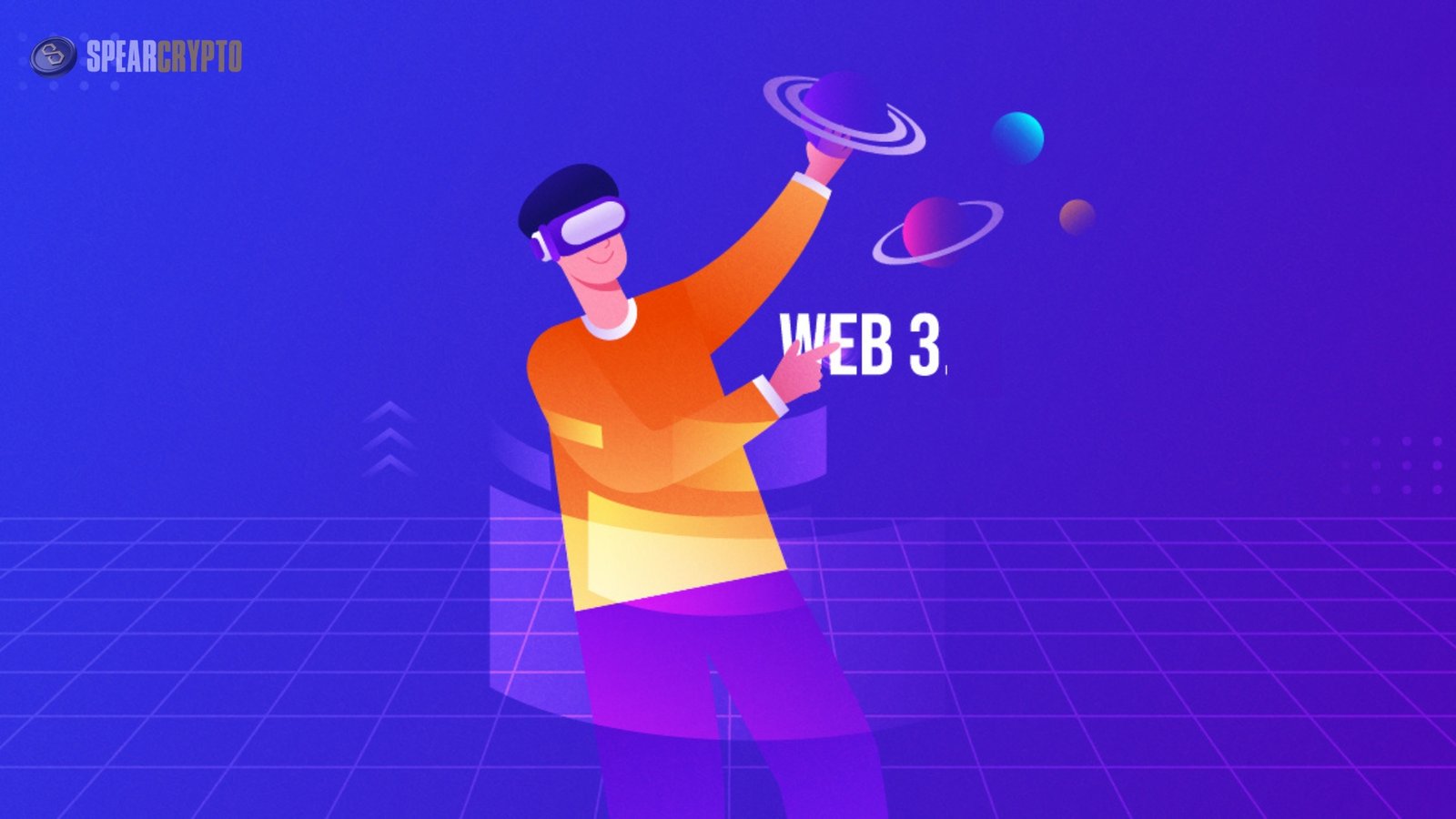
The user experience (UX) in Web3 is still not as intuitive or seamless as traditional platforms. Setting up wallets, managing private keys, and understanding blockchain technology can be daunting for non-technical users. Improving UX is crucial for driving mainstream adoption of tokenization and Web3 technologies.
Security Risks
While blockchain provides a high level of security, it is not immune to risks. Smart contract vulnerabilities, hacks, and phishing attacks are prevalent in crypto, and malicious actors can target tokenized assets. Ensuring robust security protocols and auditing smart contracts are essential to mitigate these risks.
The Future of Web3 Tokenization
Although Web3 tokenization is in its infancy, it can already revolutionize whole industries and make assets accessible to everyone. Tokenization is an area that stands to benefit from further advancements in blockchain technology, which should help with both existing problems and prospects. To create a safe and compliant ecosystem, regulators, developers, and industry stakeholders must work together, and regulatory clarity will heavily influence the future of tokenized markets.
Web3 tokenization has the potential to become the de facto norm for many different types of sectors in the next years, making fractional investment possible and allowing for decentralized governance. In the realms of art, banking, real estate, and intellectual property, tokenization holds the potential to usher in a digital economy that is more accessible, streamlined, and open to scrutiny.
Conclusion
There has changed our understanding of value, ownership, and engagement with the digital economy due to Web3 tokenization. Tokenization helps make global markets more accessible, boosts liquidity, and allows for the fractionalization of assets through smart contracts and blockchain technology. Web3 tokenization is one of the most fascinating breakthroughs in the growth of the decentralized web. Despite obstacles, it has great potential to alter businesses. More and more creative uses and applications of Web3 tokenization will likely appear as the technology develops, solidifying its position as a foundational component of the future digital economy.
FAQs
What are the types of tokens used in Web3?
The main types include fungible tokens (FTs), non-fungible tokens (NFTs), security tokens (STOs), and utility tokens, each serving unique purposes.
What are the benefits of Web3 tokenization?
Web3 tokenization enhances asset liquidity, allows fractional ownership, ensures transparency, and enables 24/7 trading with the use of smart contracts.
Which industries can benefit from Web3 tokenization?
Key industries include real estate, art, gaming, finance, and supply chain management, where tokenization increases accessibility and efficiency.



